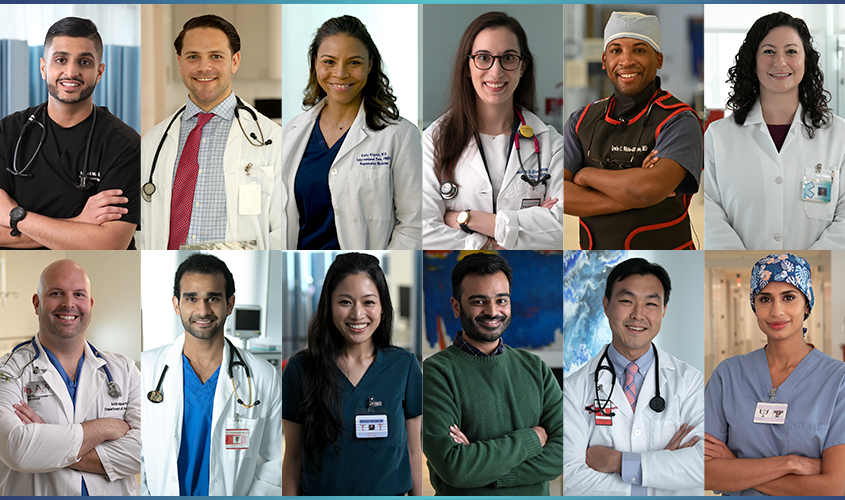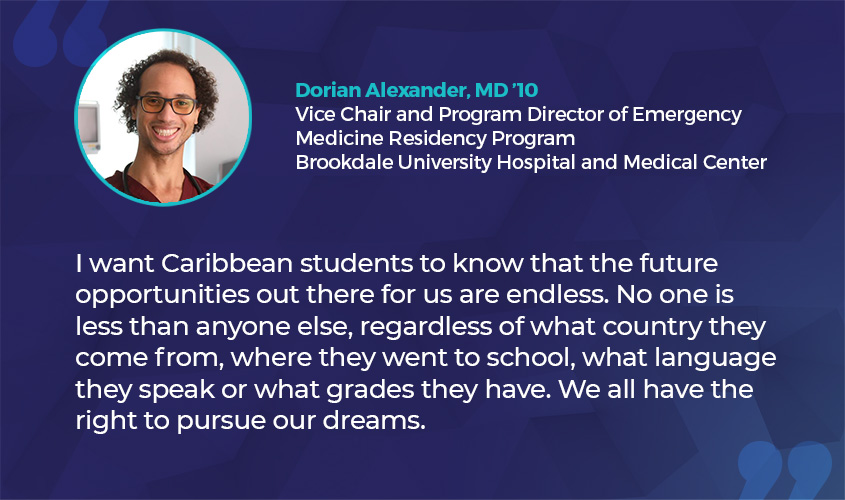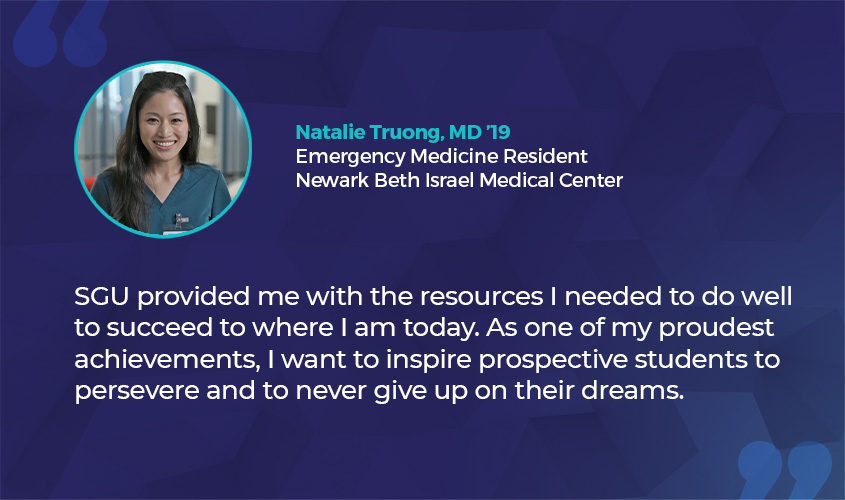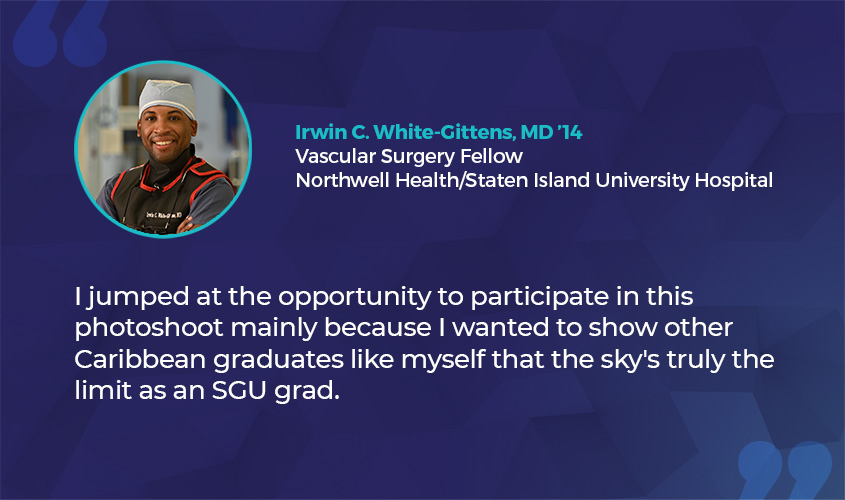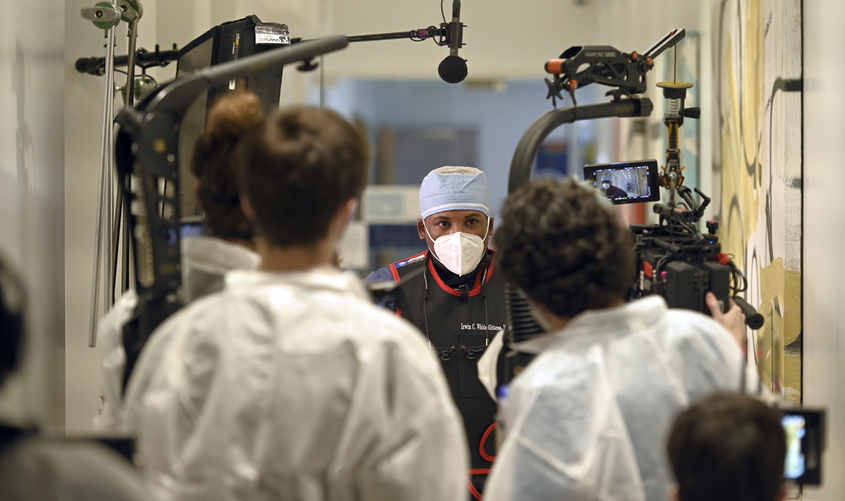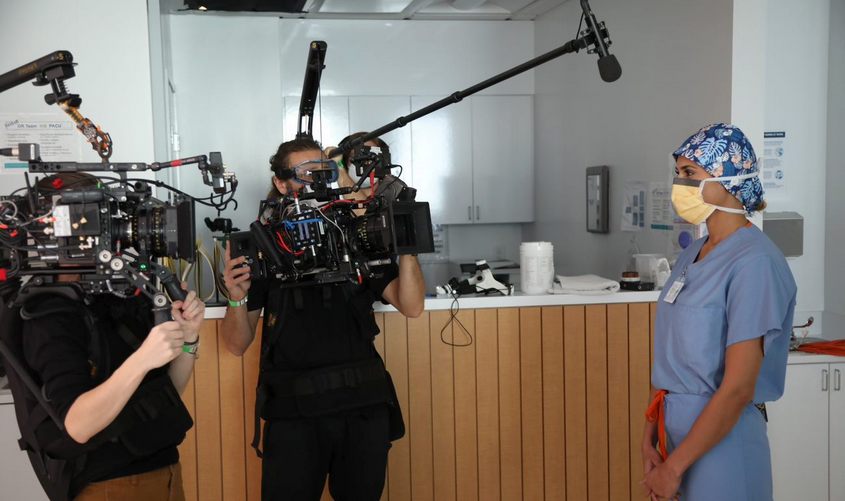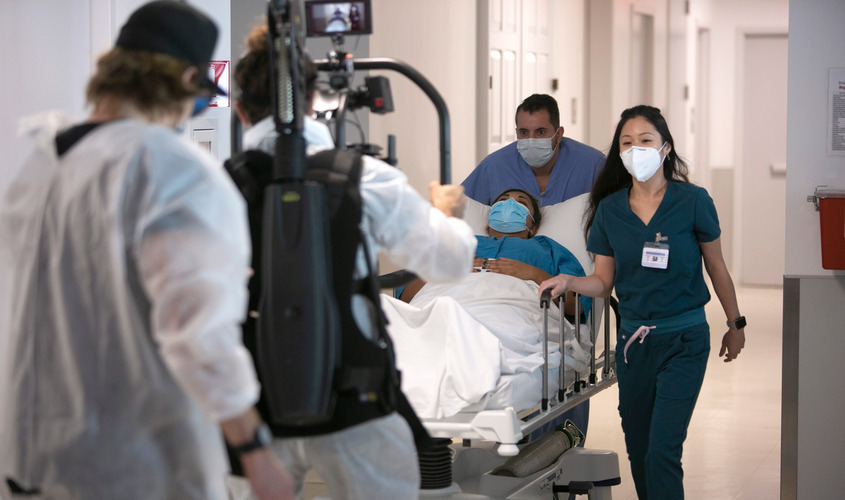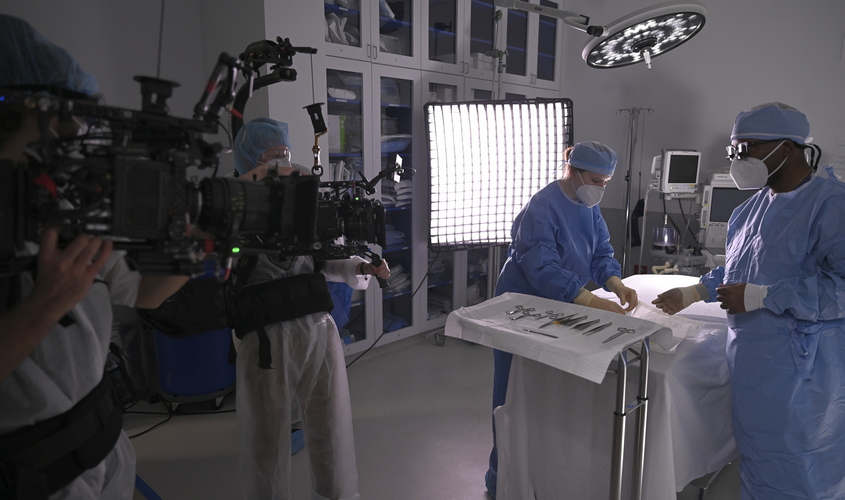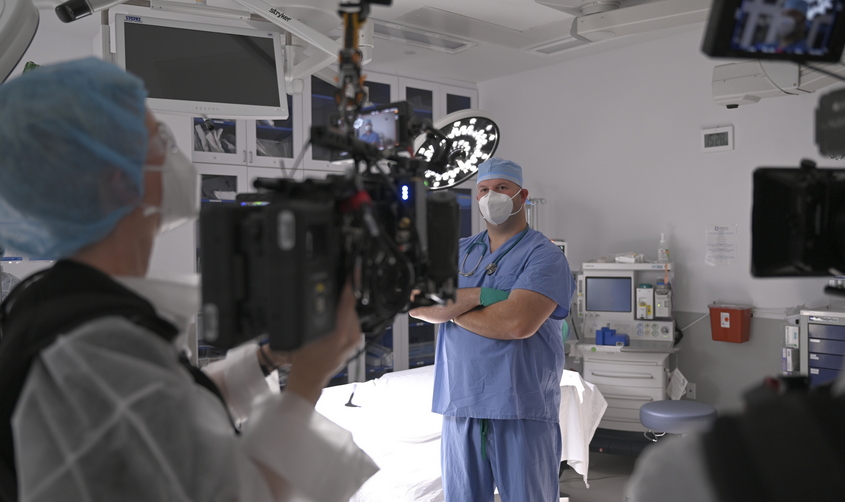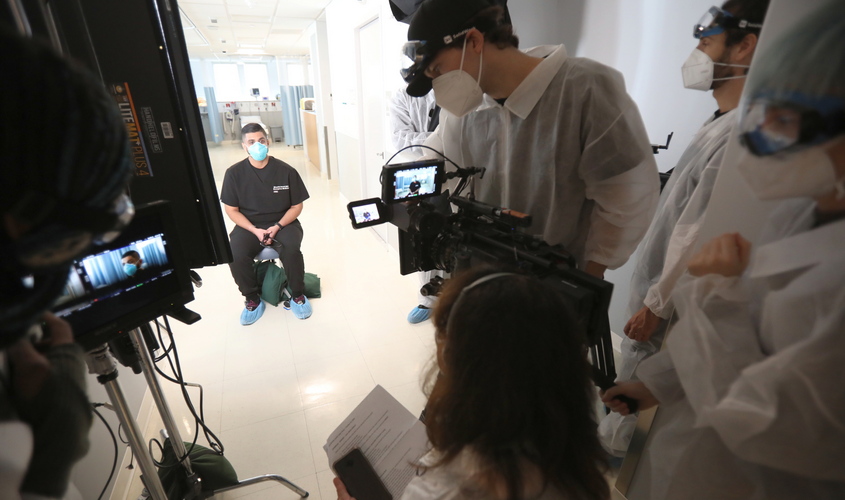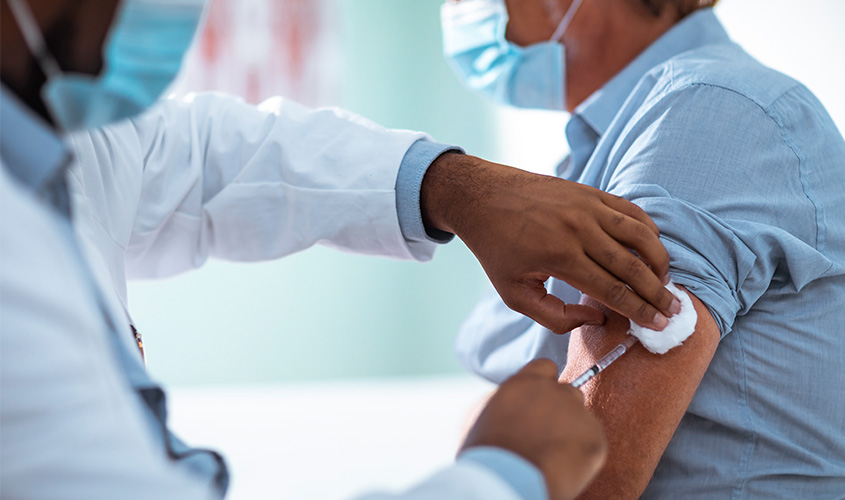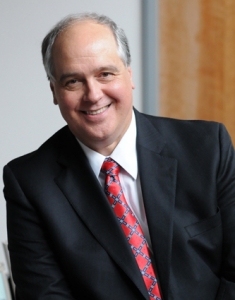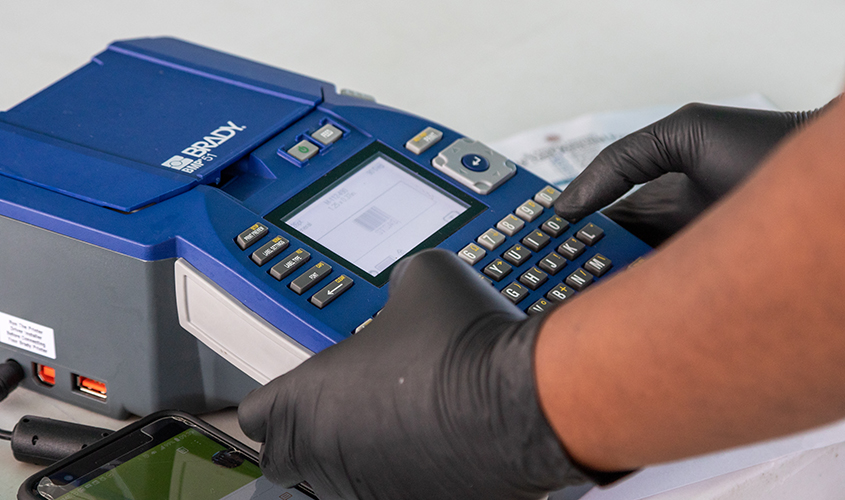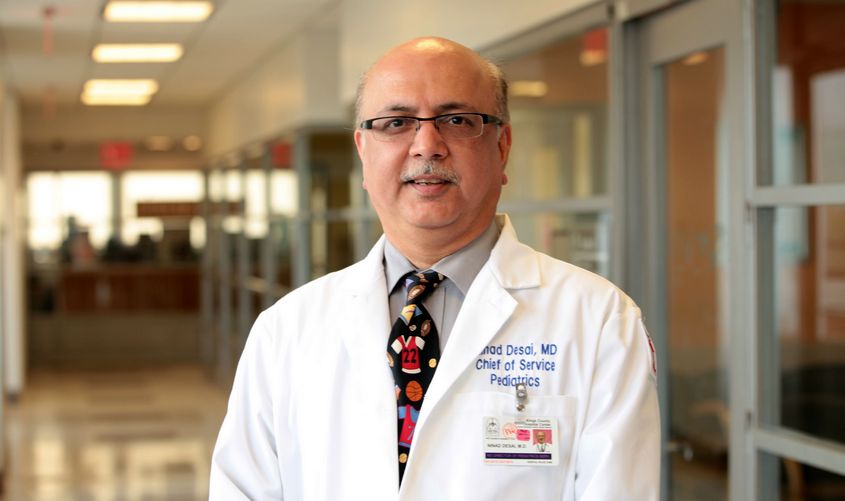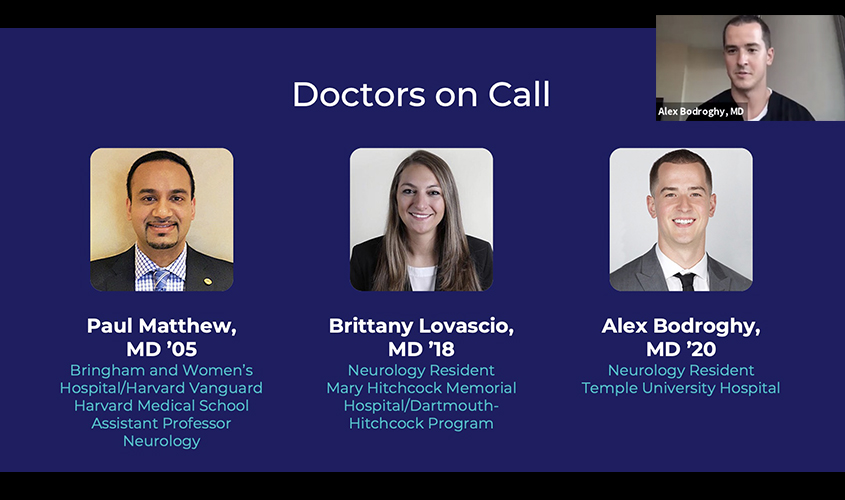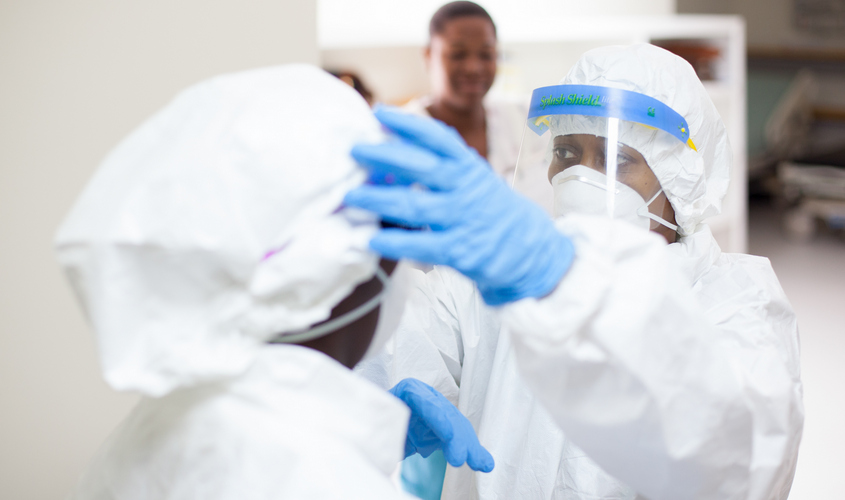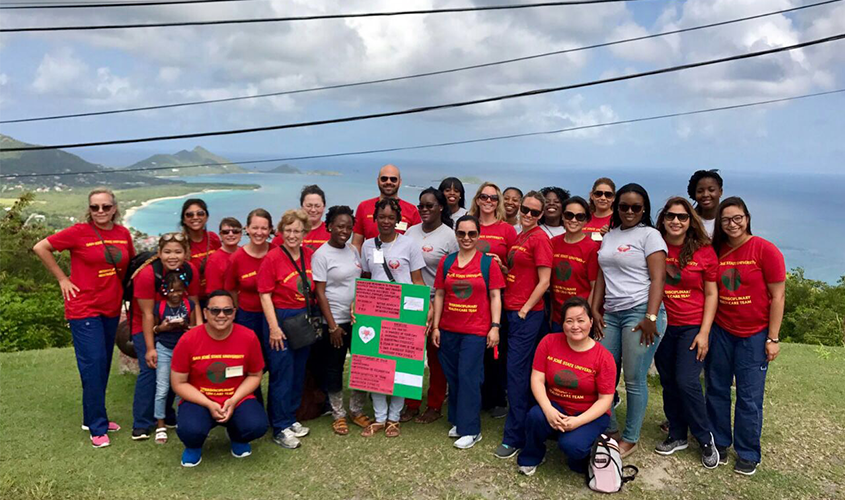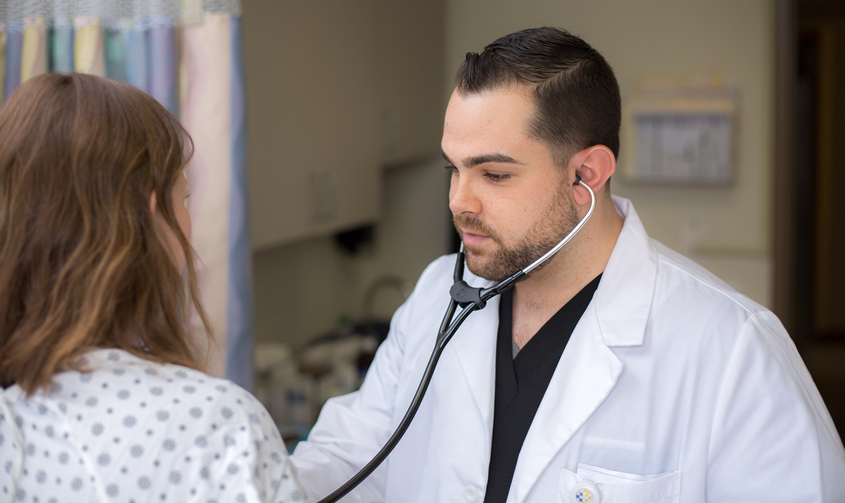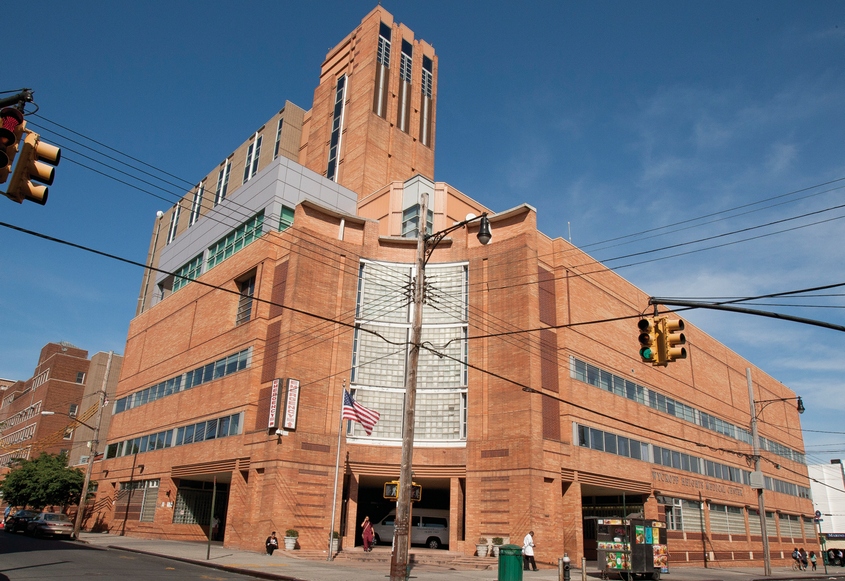
For more than 40 years, St. George’s University in collaboration with the Government of Grenada have worked hand in hand to confront challenges both big and small. Their partnership may have never been more stalwart, their mission more resolute, than in 2020, when the country and the world have grappled, and continue to grapple with, the ramifications of a widespread and persistent coronavirus pandemic due to SARS-CoV-2.
Close collaboration on the development of life–saving testing capabilities and the donation of critical medical equipment has been a crucial outcome of the partnership between SGU and Government of Grenada. The University and the Grenadian government have upheld their commitment to the nation—to ensure that its residents remain, above all else, safe and healthy.
“We applaud and thank those with the Government of Grenada for their vision, diligence, and resolve in these unprecedented times in healthcare,” said Dr. Charles Modica, Chancellor of St. George’s University. “When faced with the myriad of challenges that the COVID-19 pandemic presented, we worked collaboratively and in the best interest of the entire Grenadian community, including the alumni, faculty, and staff at St. George’s University.”
“This public private partnership is an exemplar of cooperation,” said the Hon. Nickolas Steele, Grenada’s Minister of Health and Social Security, and member of the Executive Council of the World Health Organization. “Remarkable results have been achieved through this partnership, and we will continue to work together in this fight.”
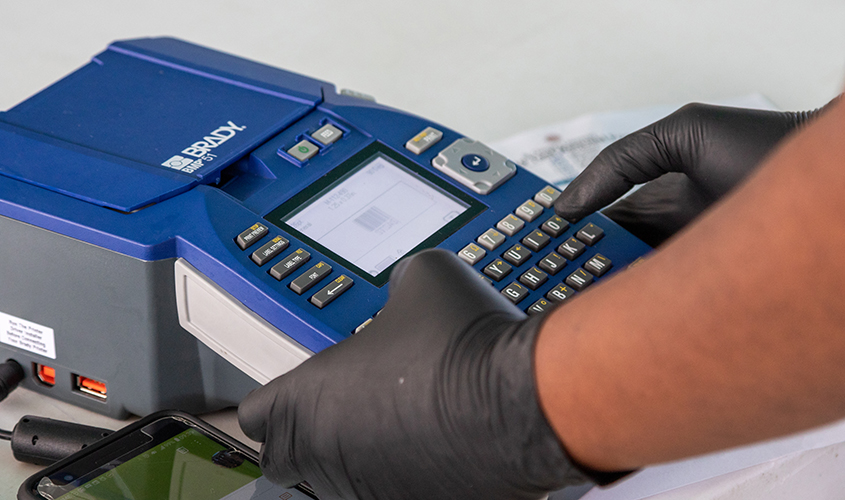
St. George’s University was the national testing site for Grenada during the spring, testing Grenadian citizens as well as University faculty, staff, and students.
Partnership Aces the Test
This spring, COVID-19 outbreaks around the world forced government and university officials to act decisively. The Government of Grenada, the Caribbean Public Health Agency (CARPHA), the Pan American Health Organization (PAHO), and the Windward Islands Research and Education Foundation (WINDREF), a research and education foundation based at SGU, worked to establish one of the first diagnostic testing facilities in the Caribbean and was established on the lower campus.
Under the leadership of Dr. Calum Macpherson, Dean of the School of Graduate Studies and SGU’s Director of Research, qPCR testing operations at St. George’s University have so far resulted in more than 3,000 individuals (with and without symptoms) receiving safe and prompt COVID-19 diagnostic tests, with results received within eight hours.
Crucial to its success was the Minister of Health’s procurement of the necessary primers, probes, and reagents through PAHO, as well as an ample supply of personal protective equipment (PPE) from the onset of testing. Results were shared each night by Dr. Trevor Noel, SGU’s Director of Field Research, with the Ministry of Health, as well as PAHO and University officials. These outcomes helped guide government COVID-19 policies, including at airports and ports of entry, during the peak weeks and months of the pandemic.
“Because there was a global shortage of reagents, we couldn’t have had the testing capacity if not for the extraordinary efforts of the Minister of Health,” said Dr. Macpherson. “We have one home—Grenada—and our common agenda was to diagnose the virus, implement a test, trace, and isolate policy from early on in the epidemic, which has served us well.”
This testing was administered by the University’s School of Veterinary Medicine, which had the necessary equipment in place due to its ongoing influenza research efforts, as well as qualified personnel to administer the tests. The campus-based site served as the national testing service into the summer months, and still operates as one of approximately 250 quality control labs around the world overseen by the WHO. Results from SGU’s lab have been in 100 percent concordance with the expected test results from WHO.
“SGU was one of the first vet schools to do COVID-19 testing. In April, we began testing the community in Grenada and helped the Government of Grenada test repatriating Grenadians who returned home by ship and by air,” said Dr. Neil Olson, dean of SGU’s School of Veterinary Medicine. “We were so happy to have had the equipment and the expertise—including lab and technician expertise—to take this on.”
According to the WHO, Grenada has reported 27 COVID-19 cases and zero COVID-19 related deaths to date. SGU’s testing site has since been a beacon of excellence for the entire region. SGU’s diagnostic team helped design and set up the Ministry of Health’s testing site at Grenada General Hospital, including training of lab staff and troubleshooting with initial qPCR lab testing.
“Since breaking ground more than 40 years ago, all the way to present day, we truly believe that we couldn’t have chosen a better partner for this university.”
Equipped for the Challenge
Grenada General Hospital is responsible for the great majority of emergency healthcare services throughout the island. Upon the arrival of COVID-19 in the global conversation, it braced for a surge of patients like other facilities around the world.
Its primary need: ventilators. The hospital had just two ventilators, designed to mechanically assist patients with breathing, for the entire population of more than 100,000 people. Responding to that need, St. George’s University tapped into its international consortium of resources to facilitate the acquisition and delivery of 18 additional ventilators.
“The substantial support from SGU served to bolster our efforts to tackle COVID-19,” said Dr. Carol McIntosh, Director of Hospital Services. “Their acquisition and donation of critical medical resources such as ventilators and PPE for health workers helped to ensure that we were better prepared to deal with any potential outbreak of the disease here in Grenada.”
SGU also secured tens of thousands of pieces of personal protection equipment, ranging from gloves and gowns to goggles and facemasks, for medical personnel as well as members of the community. In addition, SGU was able to bring in 18 combination defibrillator monitors, two handheld ultrasound machines, two portable X-ray machines, as well as blood gas analyzers and supplies.
The equipment has been crucial to providing critical care to patients throughout the pandemic. The fight with COVID-19 is still ongoing, both in Grenada and around the world, and St. George’s University and the Government of Grenada are committed to continuing to collaborate and innovate, with the health and safety of its citizens in mind.
“Since breaking ground more than 40 years ago, all the way to present day, we truly believe that we couldn’t have chosen a better partner for this university,” said Dr. Modica. “Our mission has always been to improve healthcare on a national, regional, and global levels, and we are thrilled to have had the support of the government—and the people—of Grenada throughout this journey.”
– Brett Mauser
